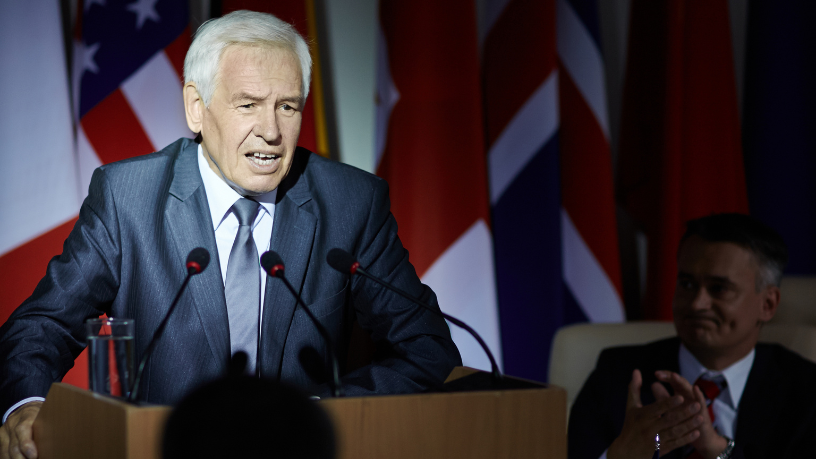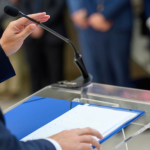Donald Trump’s latest tax proposal signals a dramatic shift in the Republican Party’s economic priorities. Instead of focusing on long-term growth through corporate tax cuts, the new plan emphasizes immediate financial relief for American households. Known as the One Big Beautiful Bill, the legislation would cost approximately $2.4 trillion, primarily due to the permanent extension of individual tax cuts originally introduced in 2017.
This new approach by Republicans departs from the traditional belief that corporate tax reductions drive investment and economic expansion. Instead, the bill includes popular but economically questionable measures such as eliminating taxes on tips and overtime pay, introducing new deductions for seniors, and granting retroactive tax benefits that fail to stimulate future economic activity. The strategy appears to aim at securing political support from middle- and working-class voters rather than building a solid, growth-oriented fiscal foundation.
Conservative economists who once backed the 2017 tax law have voiced strong concerns about the current bill. They argue that by prioritizing short-term political wins over structural reforms, the GOP may be jeopardizing the country’s long-term economic health. The Tax Foundation, a conservative think tank, estimates that the new plan would boost economic output by only 0.8 percentage points—less than half the projected impact of the 2017 tax cuts—despite its much higher cost.
The legislation does contain some growth-friendly provisions, such as deductions for research and development, business equipment, and manufacturing infrastructure. However, these elements are temporary and insufficient to offset the bill’s dominant focus on personal tax relief. Without new investments in pro-growth policies, the long-term economic benefits of the bill are expected to be limited.
One of the major criticisms is that several provisions offer retroactive tax relief, rewarding past behaviors rather than encouraging new economic activity. Examples include an expanded child tax credit, a higher standard deduction, and deductions on interest for loans used to purchase American-made vehicles. Economists across the political spectrum agree that such measures do little to incentivize future growth.
The bill also reinstates tax breaks that primarily benefit the wealthy, such as loosening the cap on state and local tax deductions and raising the estate tax threshold to $15 million for individuals. These changes are unlikely to spur investment or job creation and further inflate the overall cost of the plan without delivering broad-based economic benefits.
Despite mounting criticism, Trump and his allies have defended the bill as a fulfillment of campaign promises and a continuation of pro-growth Reagan-era principles. However, unlike the 2017 tax reform, which was crafted over years by conservative policy experts, the current package is rooted in campaign rhetoric and spur-of-the-moment ideas. For example, Trump reportedly came up with the idea to eliminate taxes on tips during a hotel visit in Las Vegas, reflecting the improvisational nature of the plan.
Ultimately, the Republican Party’s tax agenda has evolved under Trump’s leadership. The era of white papers and policy rigor exemplified by figures like Paul Ryan has given way to a populist approach aimed at delivering quick wins for voters. While this may boost Trump’s political appeal, it raises serious questions about the fiscal responsibility and long-term economic viability of the new tax strategy.
Author: Clodayre Daine









